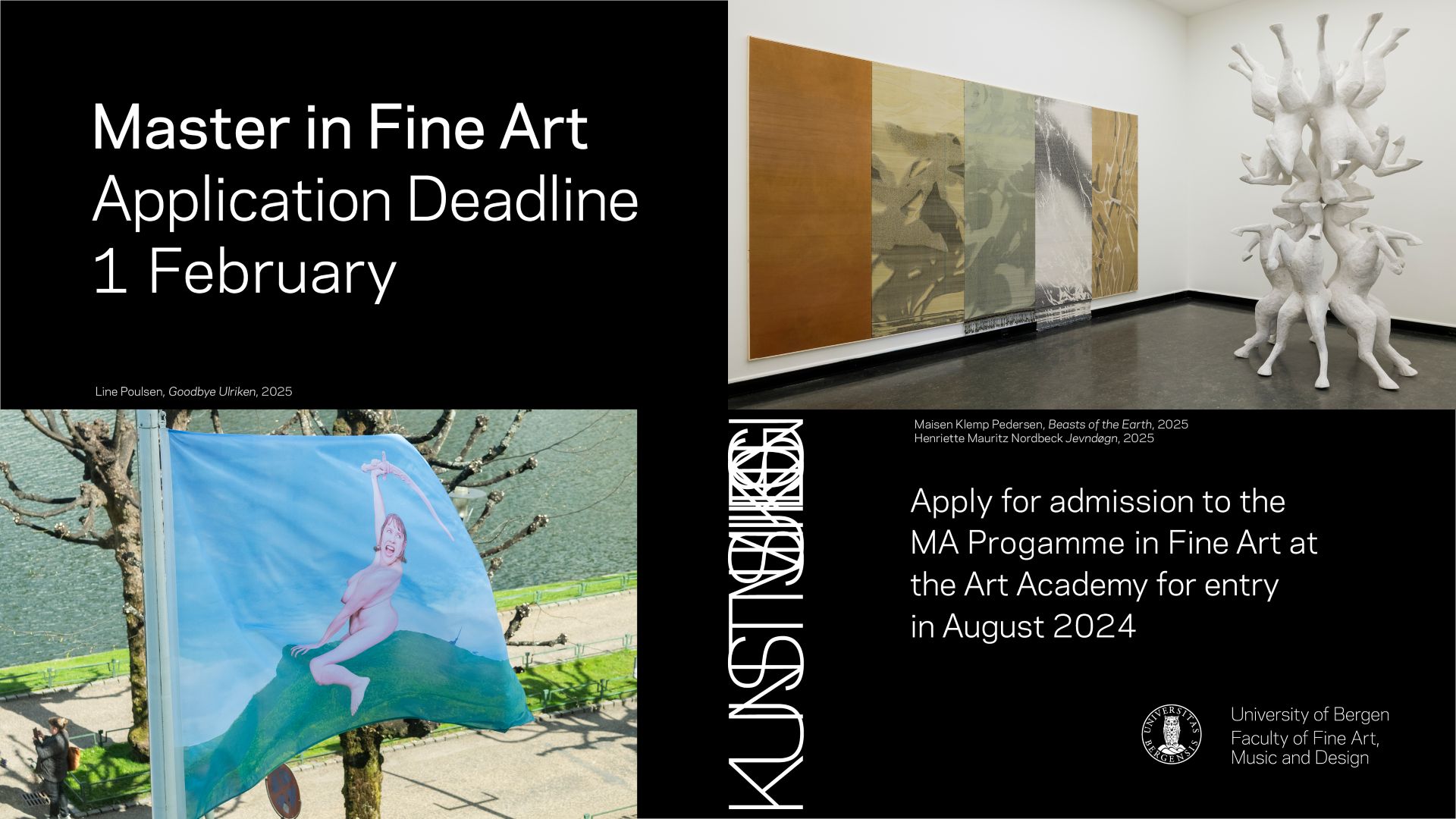
Ruija Kven Museum, Vadsø
The new permanent exhibition at Ruija Kven Museum in Vadsø was touching, enlightening, and made me laugh. Free of any showy technology and taking an artistic approach to its presentation and communication, it introduced me to a range of young and older living Kvens [a Baltio-Finnic ethnic minority in Norway] speaking about their culture and identity on interactive screens. Light birch veneer covers large areas onto which moving images are projected. On the end wall, the big waves of the Barents Sea – so rich in fish it enticed the Kvens north – roll towards me. Kvens also brought sauna culture to northern Norway, making it all the more appropriate to recommend the exhibition’s final treat: a mini sauna. Here, a conversation between two of Vadsø’s old boys is shown, filmed in a sauna. You are guaranteed to leave a wiser and happier person.

Synnøve Persen, Bassibáikkit – Sacred Sites, Sámi Dáiddaguovddáš – Sámi Centre for Contemporary Art, Kárášjohka
How often does art make you cry? For me, tears flowed spontaneously from the moment I entered the black box at Sámi Dáiddaguovddáš – Sámi Center for Contemporary Art in Kárášjohka in February. In addition to paintings, Synnøve Persen’s Bassibáikkit – Sacred Sites included two films from Sámi sacred landscapes, showing their low-key, yet powerful scenery – nothing else. In one of them, dry, yellow grass trembled in the wind in front of a landscape with a stone maze, a testimony of another time and another world. The films evoked feelings of loss, humility, and love for what we have and what is gone. Persen makes these landscapes visible again, proving that she is one of our greatest artists.

Sámi Našunála Teáhter Beaivváš, To Cook a Bear, Deatnu (Tana)
When the Sámi National Theatre – Sámi Našunála Teáhter Beaivváš, now celebrating its 40th year – stages a production of Mikael Niemi’s phenomenal novel To Cook a Bear (2017), you secure your ticket at the earliest opportunity. The story, a crime thriller about a poor Sámi boy named Jussi who comes into the service of the legendary clergyman Lars Levi Læstadius, is Niemi’s best yet, and the adaptation is well-suited to being played outdoors. The Beaivváš ensemble are pioneers when it comes to outdoor productions with scenography carved out in snow and ice at each venue, thereby also resolving the pandemic’s demand for social distancing and a one-metre gap between audience members. First-timers and veterans played enthusiastically in freezing temperatures to a mitten-clapping, fur-clad audience sitting on reindeer pelts. Emil Kárlsen had the exact right air of innocence for the lead role.
– Susanne Hætta is a Sámi artist, author, photographer, and writer living in Vadsø.
For this year’s contributions to the Advent Calendar, see here.
